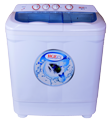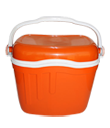Alcohol Eyes What Are They & How Does Alcohol Affect Eyes
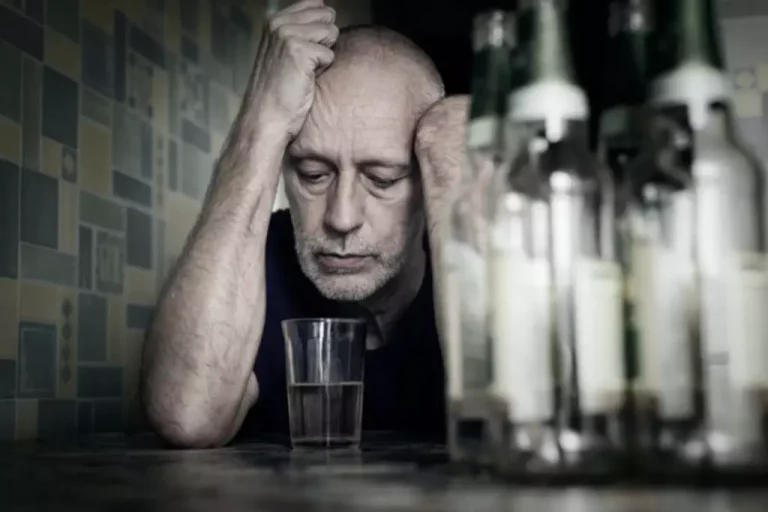
By understanding the wide-ranging effects of alcohol on the body, including eye health, we tailor our treatment approaches to ensure a comprehensive recovery process. Toxic optic neuropathy is a condition where alcohol damages the optic nerve. The optic nerve is especially susceptible to damage from Methanol (a type of alcohol, which is used for paints, glue and disinfection). The concentration of Methanol may be more in homemade brewed alcoholic beverages. Since the optic nerve transmits visual information to the brain, intoxication leads to deteriorating vision. The optic atrophy may include irreversible blind spots (visual field loss) and poor color perception.
What Happens at Various BAC Levels?

To understand the amount of alcohol required to affect vision, we first must discuss alcohol blood levels. Law enforcement officers assess several alcohol-induced changes to the eyes when performing a field sobriety test on a suspected impaired driver. However, dehydration from excessive consumption might exacerbate the perception of floater and make the vitreous more noticeable.
- The best way to prevent eye problems due to excessive alcohol consumption is to drink alcohol in moderation or to avoid it altogether.
- DED — also known as dry eye, dry eye syndrome, or keratoconjunctivitis sicca — is a chronic condition where your eyes either stop making enough tears or produce low quality tears.
- If you already live with a dry eye diagnosis, drinking alcohol may make your symptoms worse.
- Alcohol causes the blood vessels in your eyes to dilate, making them look red and sometimes feel uncomfortably itchy.
- At the Allentown rehab center, therapy is tailored to your personal experiences, challenges, and needs, helping you to understand the root causes of your addiction and develop new coping strategies.
- Fetal alcohol syndrome (FAS) is a condition babies develop when pregnant mothers abuse alcohol.
Vascular Changes in the Eyes
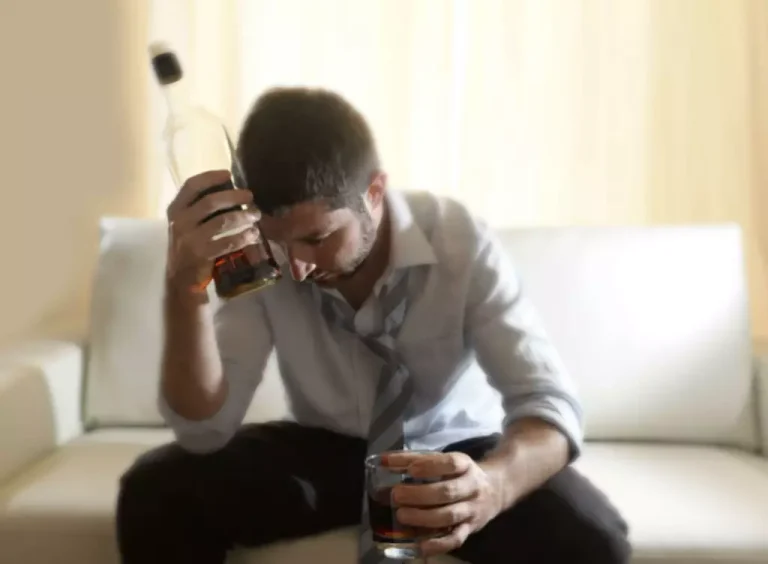
At Pathways Recovery Center, we address these cravings through a combination of medical blurry vision hangover intervention, psychological support, and lifestyle modifications. Heavy drinkers who smoke and have poor dietary lifestyles are also likely to develop alcoholic amblyopia, a rare case of bilateral vision loss. At 0.05% to 0.07% BAC, individuals feel ‘tipsy.’ Then at 0.08% to 0.09%, individuals experience reductions in physical coordination and should not drive. At 0.10% to 0.14%, individuals experience a loss of coordination and judgment. Consuming alcohol may increase dehydration, promote inflammation, and disrupt vitamin transport — all factors that can negatively affect tear quality and quantity.
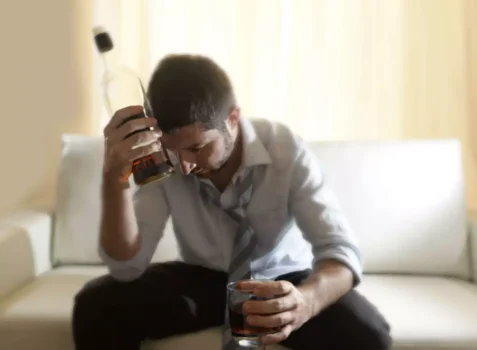
Eye twitching
- If you’re ready to take that step, help here is and tailored just for you.
- Possible treatments include corrective lenses or glasses to correct blurred or distorted vision and use of eye drops to address bloodshot eyes.
- Though rare, deceitful alcohol makers can use methanol in place of alcohol as they physically appear similar.
- Alcohol tends to affect the speed at which your iris constricts and dilates.
Alcohol in tears may also directly affect the surface layers of the eye. After drinking, tears can contain traces of alcohol, which can further trigger inflammation and cause damage to the eyes. A 2021 population-based study of more than 77,000 people found that 30% of those who consumed alcohol reported symptomatic dry eye. The results were more significant among women than men, to the point where the study authors noted that alcohol use could be considered a risk factor for dry eye, mainly among women. If you regularly consume alcohol and dry eyes have become an issue, it may have to do with alcohol’s inflammatory and dehydrating properties.
Detoxification and Its Role in Treating Alcohol Eyes
These correlations may contribute to several possible complications or effects on the eyes. Most of these unpleasant effects are temporary and go away once alcohol leaves the system. Let Little Creek Recovery Center guide you down the right path to recovery, personal growth, and long-term sobriety.
- It’s a stark illustration of the impact alcohol has on your eyes, potentially leading to permanent damage.
- A 2021 population-based study of more than 77,000 people found that 30% of those who consumed alcohol reported symptomatic dry eye.
- Drinking alcohol regularly can also cause dry eye symptoms and involuntary twitching of the eyelid, known as myokymia.
During residential treatment, clients receive ongoing education about the nature of alcohol cravings and are equipped with effective strategies to manage them. Techniques might include cognitive-behavioral therapy, mindfulness practices, and physical activities that help reduce the urge to drink. By understanding and addressing these cravings directly, we empower our clients to maintain their sobriety and mitigate the risk of relapse. One of the key challenges in the recovery from alcohol addiction is managing cravings. ” The duration and intensity of alcohol cravings can vary depending on the length and severity of the addiction, as well as individual physiological differences.
Florida Eye Specialists and Cataract Institute would like you to gain some knowledge about eyes and alcohol and whether excessive drinking can lead to eye problems. Occasionally drinking moderate amounts of alcohol doesn’t usually cause any health problems. But if you are a heavy drinker—which means consuming alcohol more than a few times per week or binge drinking—you will likely experience health issues as a result. It is hard to predict whether you will develop effects that harm your liver, heart, nerves, or eyes, and you can experience a combination of these.
Long-term damage
A driver that has been drinking alcohol cannot adapt as quickly to oncoming headlights. Possible short-term problems relating to intoxication include blurry vision, changes in color perception, and light sensitivity. Prevention may be the best way to improve a person’s outlook for their eyes and other aspects of mental and physical health in relation to alcohol. Instead, eye floaters are usually a common and harmless condition resulting from changes in the vitreous, a gel-like substance that fills the back of the eye. Excessive alcohol consumption often leads to overall fatigue and tiredness, including eye fatigue.
Eye Muscle Control

Several other health issues can also result from long-term heavy drinking. If you experience any vision changes or eye problems after drinking alcohol, get immediate medical attention from an eye doctor. Early detection and treatment are crucial in preventing vision loss and complications. Alcohol consumption has a range of effects on your vision, from temporary impairments to long-term health consequences. Understanding these effects can help you make better choices regarding alcohol use and take steps to protect your eye health. By drinking in moderation and taking care of your eyes, you can enjoy a healthier, clearer vision for years to come.
A drunk person might experience difficulties distinguishing between colors or experience halos around lights as a result of liquor consumption. At the Allentown rehab center, therapy is tailored to your personal experiences, challenges, and needs, helping you to understand the root causes of your addiction and develop new coping strategies. This combination of professional detox and customized therapy offers a solid foundation for recovery and long-term success in overcoming alcohol addiction. If you’re ready to take that step, help here is and tailored just for you. Comprehensive addiction treatment provides the medical oversight, emotional support, and therapeutic guidance needed to navigate the complexities of recovery safely. It ensures that every aspect of your health is monitored and supported, from detox through to long-term strategies for staying sober.


